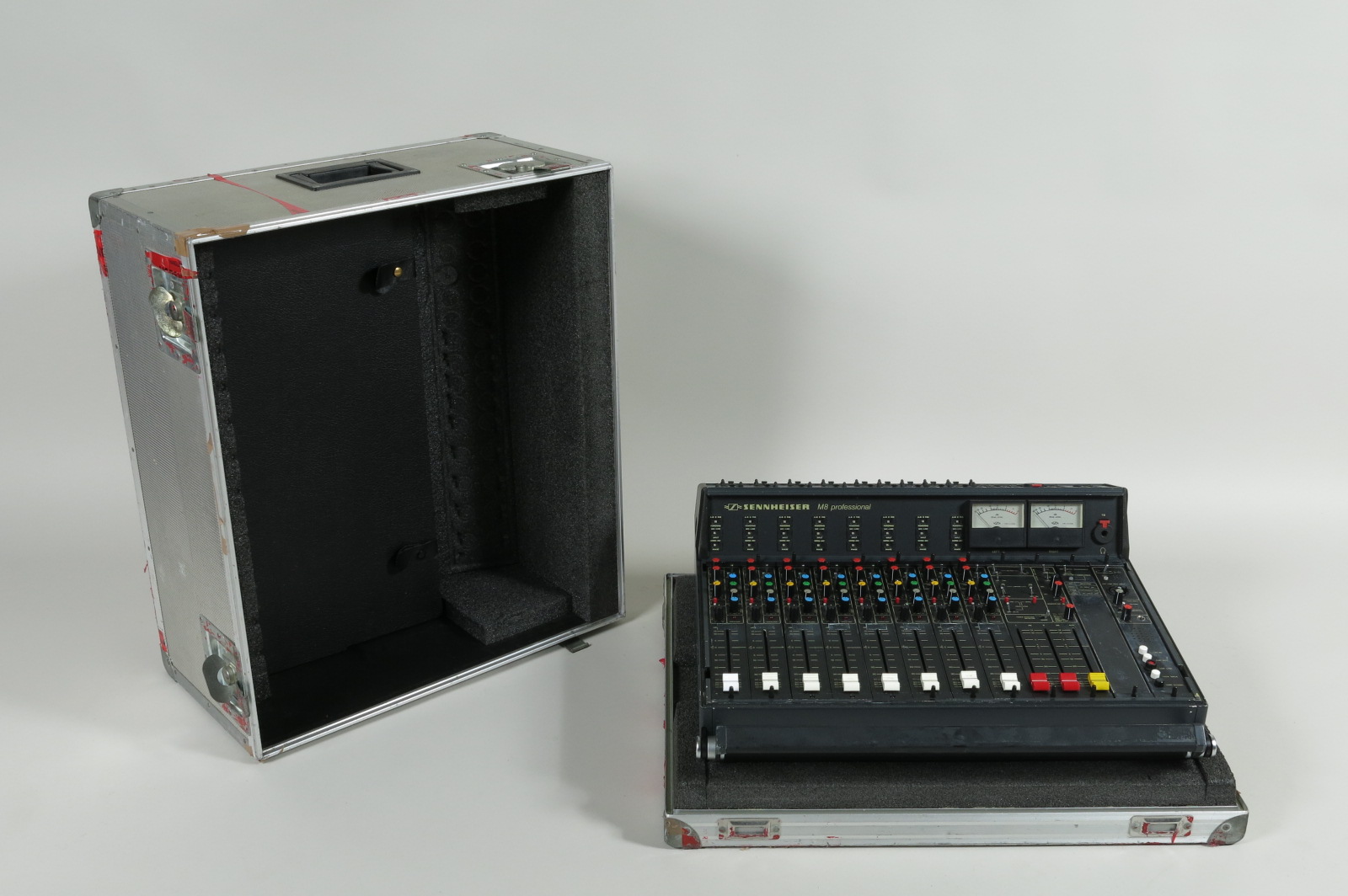

(The last name on that name badge was Cohen, which had some friends at Sennheiser laughing, as it's fair to say I probably don't look like most Cohens.) In order to get the first listen to the HD800 at CES, a staff member of one of the exhibiting companies let me borrow his name badge so that I could sneak into Sennheiser's exhibit during show setup. This was also market-transforming, as the HD800's pricing forever shifted the price our community was willing to pay for flagship headphone performance in significant quantities.

Keep in mind this meant there was a kilobuck-wide canyon in pricing between the new HD800 flagship and the $500 HD650 that it displaced at the top of their line. To attain the performance levels they wanted from the HD800 meant Sennheiser had to sell it for a price that was far more expensive than other electrodynamic headphones then, with a retail price of around $1500. In my opinion, the sheer technical performance of the Sennheiser ring radiator driver remained unchallenged in the realm of electrodynamic headphones for many years after its launch. The HD800 employed the first-ever (in a headphone) ring radiator driver - a headphone driver type that is still solely the domain of the HD800 and its siblings (the HD800S and the HD820). What made the Sennheiser HD800 so momentous was the incredible engineering that went into it, resulting in technical performance from an electrodynamic headphone that had not been previously achieved. (Descended From The Headphone That Crashed Head-Fi For A Day)Īt the Consumer Electronics Show (CES) in January, 2009, Sennheiser unveiled what was one of the most significant headphones launched since Head-Fi's founding in 2001 - the Sennheiser HD 800. The Sennheiser HD 800 S Anniversary Edition


 0 kommentar(er)
0 kommentar(er)
